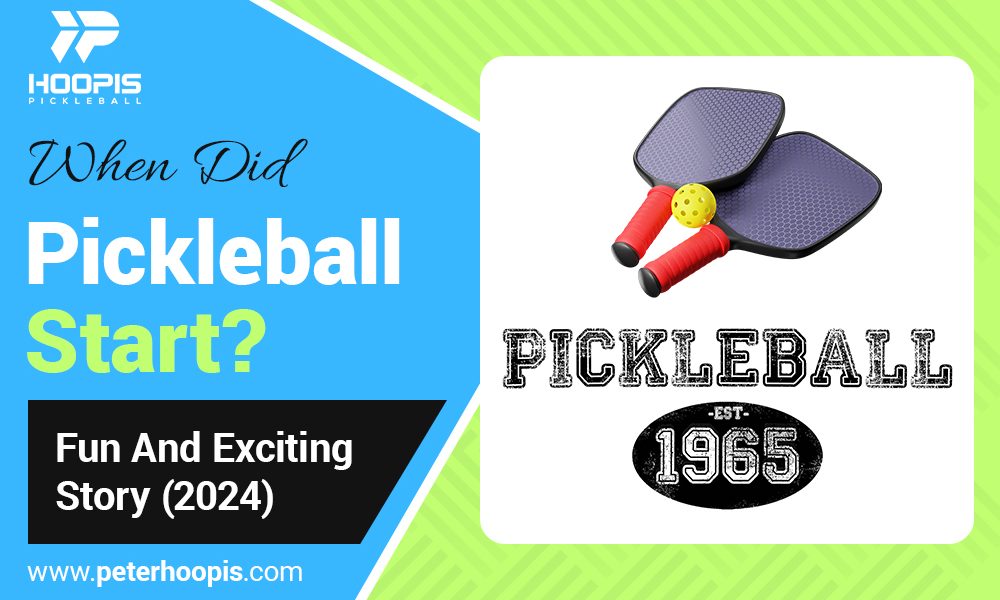Pickleball…It’s all the craze these days. More and more people are getting into this sport. And loving it.
Is this a new game that is just trending? Whats the deal? When did pickleball start?
Well, you’ve come to the right place.
As a fellow fan of the game, and someone who has gotten deeply hooked on this sport, I wanted to do a little digging into this sport that we love and really find out when did pickleball start.
So I went to work and did my research…
Let’s get started.
When Did Pickleball Start? The Birth of Pickleball
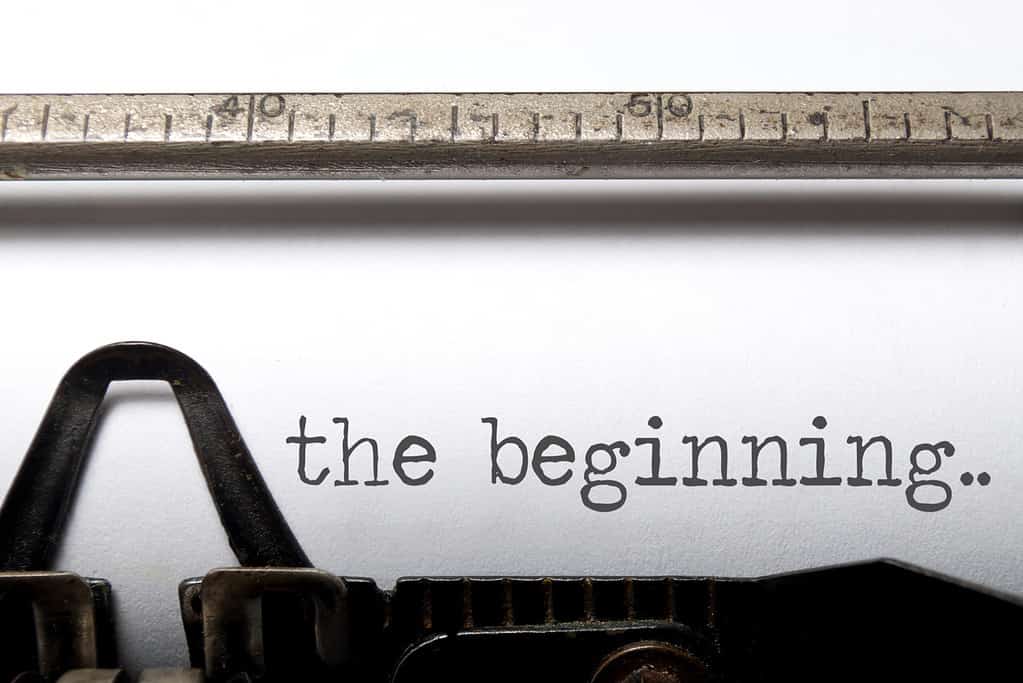
To my surprise, Pickleball is not new.
In fact, the game goes back almost 60 years!!
Pickleball was born in the summer of 1965 on Bainbridge Island, Washington. It was created by three friend on a family vacation, Joel Pritchard, Bill Bell, and Barney McCallum.
They were looking for a way to keep their families entertained during a lazy afternoon.
So they started looking around the shed to see what they had.
Well, the found a wiffle ball, some table tennis paddles, and had an old badminton court on their property.
They lowered the net, grabbed the paddles and balls and started to create a game that would one day be the fast growing sport in America!
To their delight, the makeshift game proved to be a hit among their families.
A Collaborative Effort
Fortunately for us, these three men worked together and improvised to create a wonderful game that can be enjoyed by all. Their collective ingenuity turned a simple desire to entertain their families into an amazing sport that has grown in popularity across the world!
Each of them played a role in the development of the game: It is said the Pritchard had the initial idea, Bell worked on the rules and McCullum helped with creating pickleball paddles.
Together, they spread the sport within their community and the game grew from there.
As word spread about this fun new sport being played on a badminton court, friends and neighbors began to join in.
But they needed a name for this new game…
Pritchard’s wife Joan came up with the name pickleball.
And the story of the name comes from either being inspired by their family dog Pickles who would chase after errant balls, or as an homage to pickle boats – crew boats filled with leftover oarsmen from other teams – since pickleball was also created using elements from various sports.
So is the dog story just a funny story or is it true?
Want to know the real answer to why it’s called pickleball? Read here to find out.
The First Permanent Pickleball Court
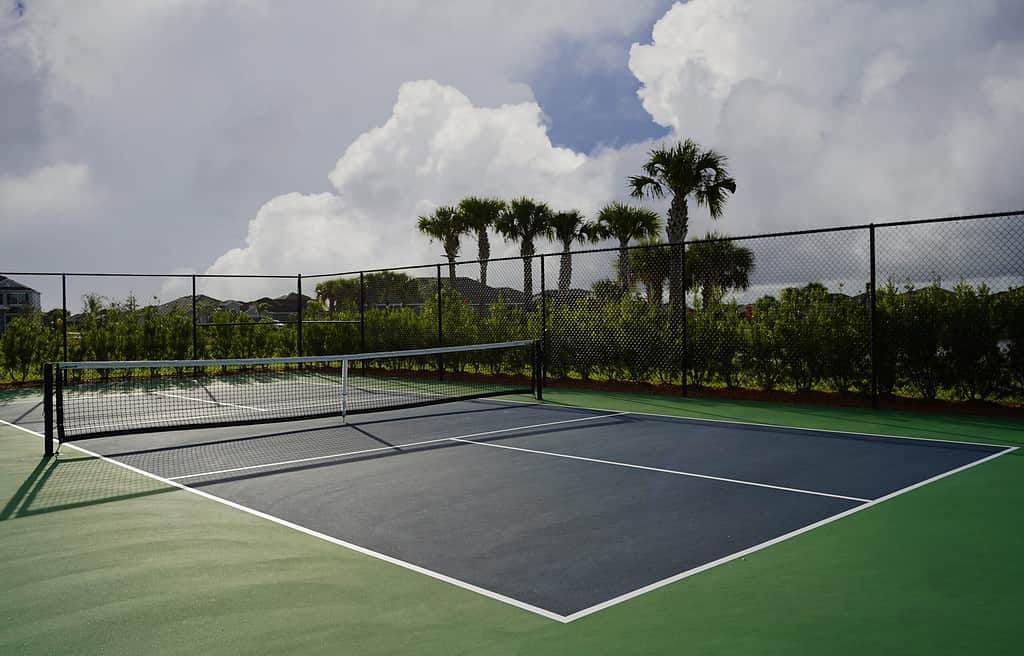
The first permanent pickleball court was built in 1967 in Washington state on Bainbridge Island. The court was built in the backyard of Bob O’Brien, Joel Pritchard’s neighbor and also a pickleball enthusiast.
This was the beginning of the official pickleball court.
From there, standardized rules of play and techniques developed. More courts were built, both in public places and in private backyards.
And with the continued growth of play, official organizations began to form and host the first official pickleball tournaments.
Today, you are starting to see more and more pickleball courts everywhere, from country clubs, local parks, people’s backyards, and even on cruise ships!
Development and Spread of Pickleball
As more and more people started to hear about and play pickleball, changes started to happen to make the game that made it more readily available and easier to play.
Paddle materials shifted from plywood to aluminum or graphite and then to the first composite paddle, which was much lighter than previous paddles. Now you even see some Kevlar paddles!
The ball used during play changed from a whiffle ball to a perforated plastic ball that allowed for more control during rallies. The game spread quickly because of its minimal setup—it required only a net system, very few pieces of equipment, and the court size could fit into many different areas.
Formalizing the Game
The United States Pickleball Association, the USAPA for short, was formed in 1984 to help standardize a lot of the rules to ensure the game is being played consistently across the board.
The USAPA codified standard court dimensions, the rules of the game including how serves should be made, the double bounce rule, the scoring system, the kitchen or non volley zone rules, and many other things that now influence the game we love today.
Growing Popularity and Evolution
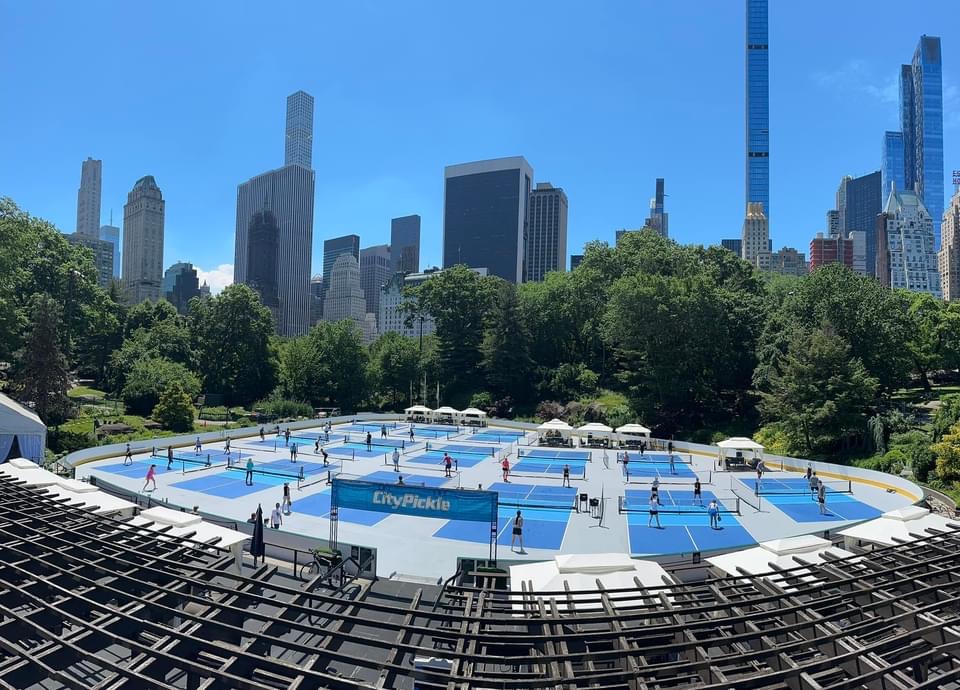
Inclusion in Communities
Local tournaments were facilitated by players who wanted to test their skills against fellow players. As organizations like the USAPA, the Professional Pickleball Association (PPA), and the MLP were created, they began to hold tournaments on a local, regional, and national levels, so players had a much bigger and better opportunity to play against each other in a competitive environment.
There original groupings were based on different ages or skill levels, which has further developed to include things like a DUPR Rating.
The Road Ahead
As more and more people find out how fun it is to play pickleball, the popularity just continues to explode.
We are excited for great things to come with the expansion of the game! Things like seeing professional pickleball on TV, more tournaments around the country, College Pickleball and High School pickleball and maybe even one day Olympic recognition!
Pickleball Today
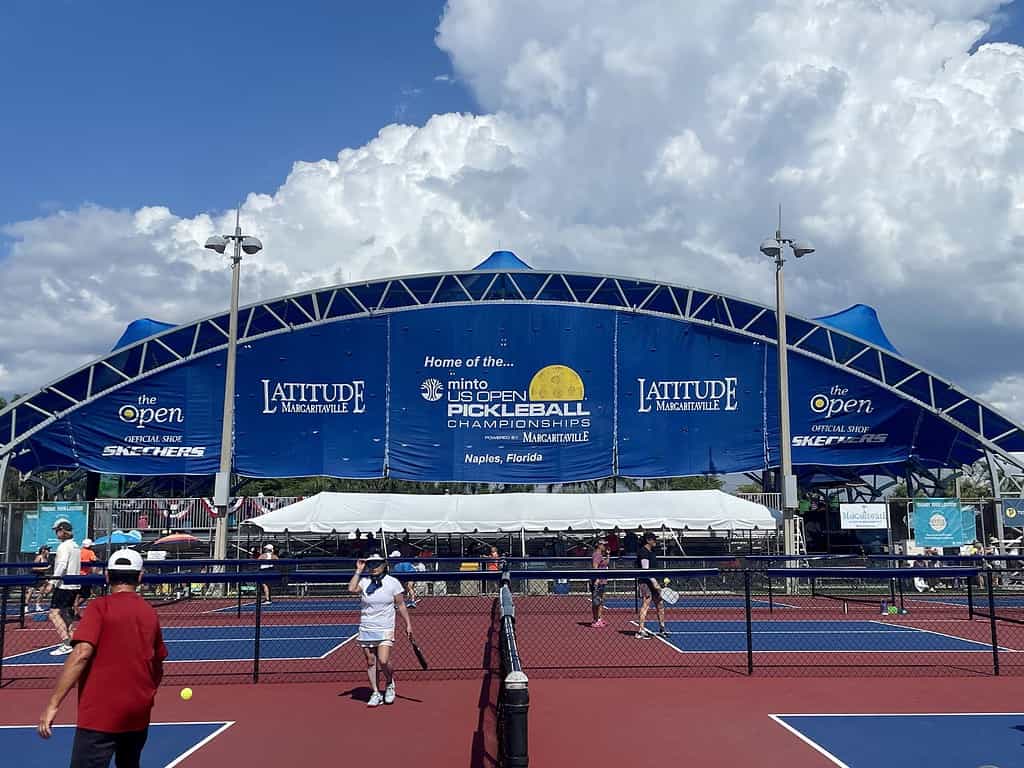
The sport continues to rapidly spread around the world.
Local leagues and regional tournaments now offer structured competition for players of all skill levels. USA Pickleball Association (USAPA) sanctioned events draw top talent from across the country.
Pickleball’s growth has spurred equipment and playing surface innovations as well.
More and more high-quality paddles are being designed for every skill level by companies like Selkirk Sport and Onix Sports.
We are also seeing better court construction of specifically designed courts at dedicated facilities. This can help keep the game more consistent and more fun…and could even help with preventing pickleball injuries.
Popularity Among Different Demographics
Inclusivity is a very important reason why pickleball is popular. It is a sport played by people of different ages and of different abilities. Most people consider this game to be for senior citizens, but many young players have embraced pickleball for its fast-paced game and social aspects.
The game has been adopted in schools and is even set to be included in physical education. USA Pickleball Juniors is aimed at fostering young participation in the sport with its clinics, camps, and tournaments for players aged between 7 and 18.
Pickleball offers a full-body workout. It gives players a great workout that includes good physical exercise, improved hand-eye coordination, and also a little mental exercise!
Equipment Needed for Pickleball
You don’t need much to get started and that’s the best best part! Here are the essentials:
Pickleball Paddles

The pickleball paddle could be the most important piece of equipment in pickleball. Choose one that matches your style of play. It could be lightweight or heavy. But make sure it is comfortable to hold. A composite pickleball paddle is the most common these days.
Check out this guide for help picking the perfect paddle.
Balls
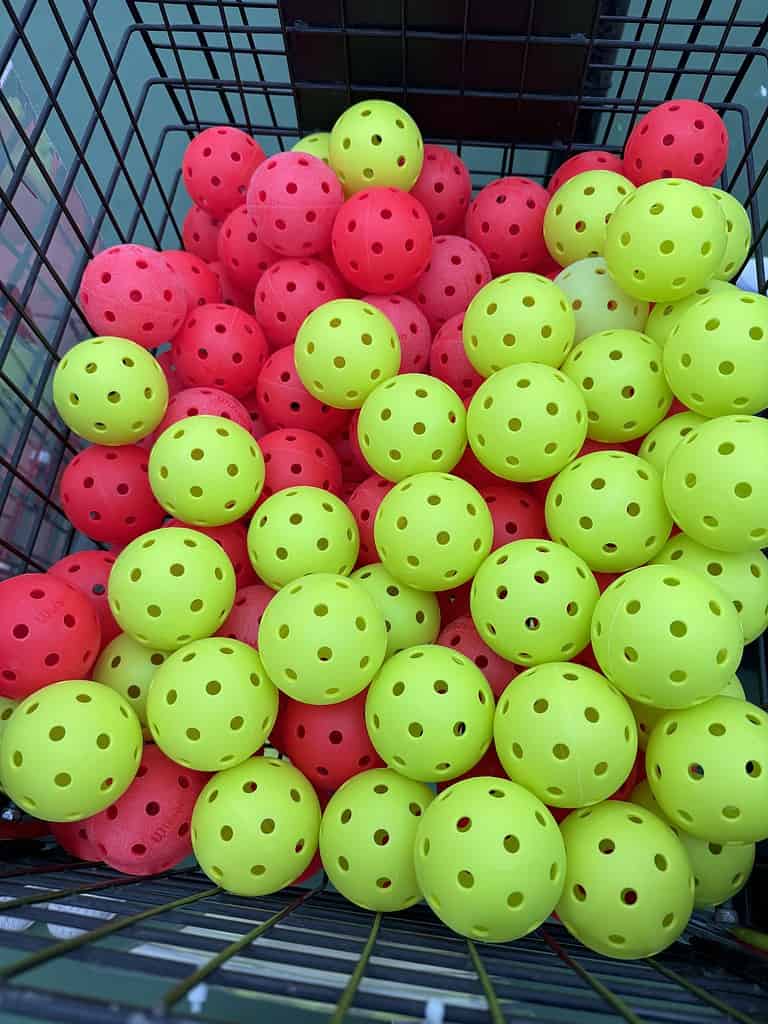
Pickleballs are like wiffle balls, but smaller and harder. You’ll need some of these for a game! Keep in mind, there are different types of balls for indoor and outdoor play.
Net System
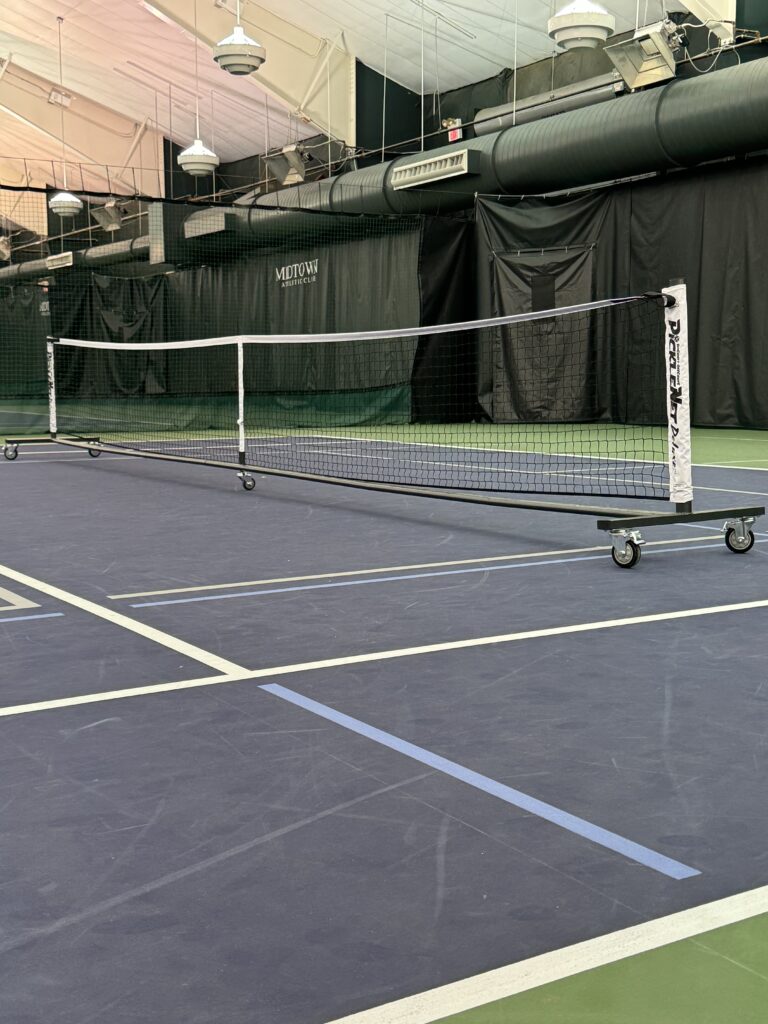
You’ll need a regulation-sized net system to play pickleball. Portable nets are great for setting up games anywhere. You can play on a tennis court but the net height and dimensions are smaller than tennis.
Footwear
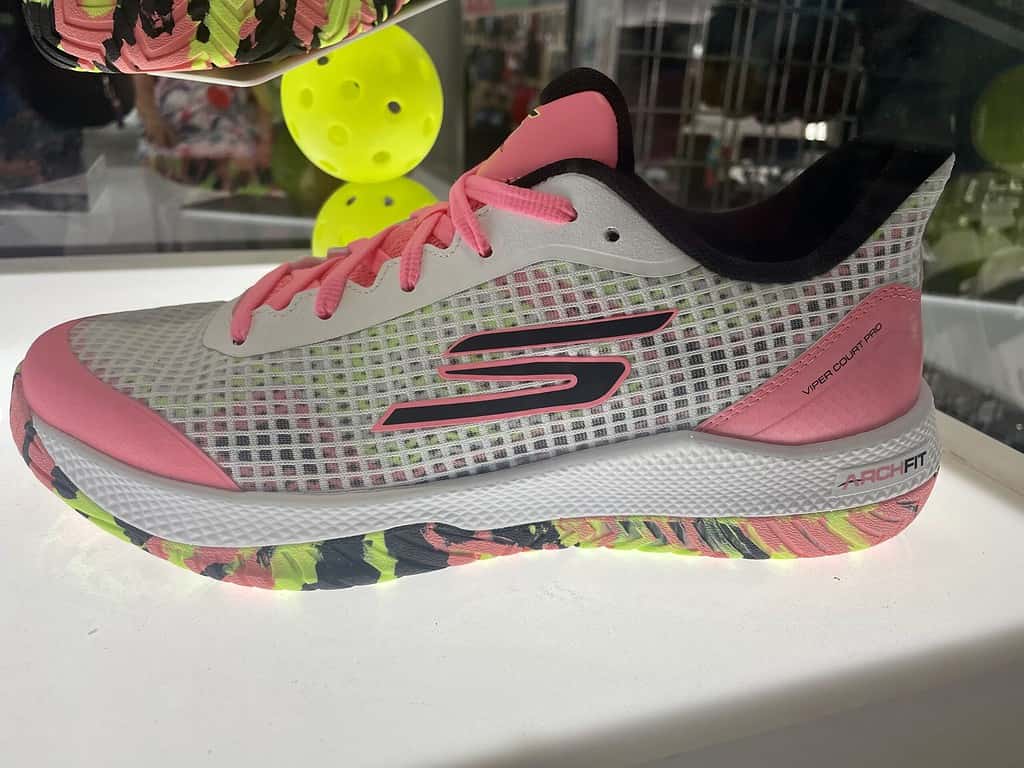
This is super important to help prevent injuries. Don’t wear your regular running shoes! They are not good for the lateral movements that come with pickleball. Specific pickleball shoes are great. I use the Skechers Viper Court Pro shoes pictured above. Tennis or court shoes also work well.
Apparel
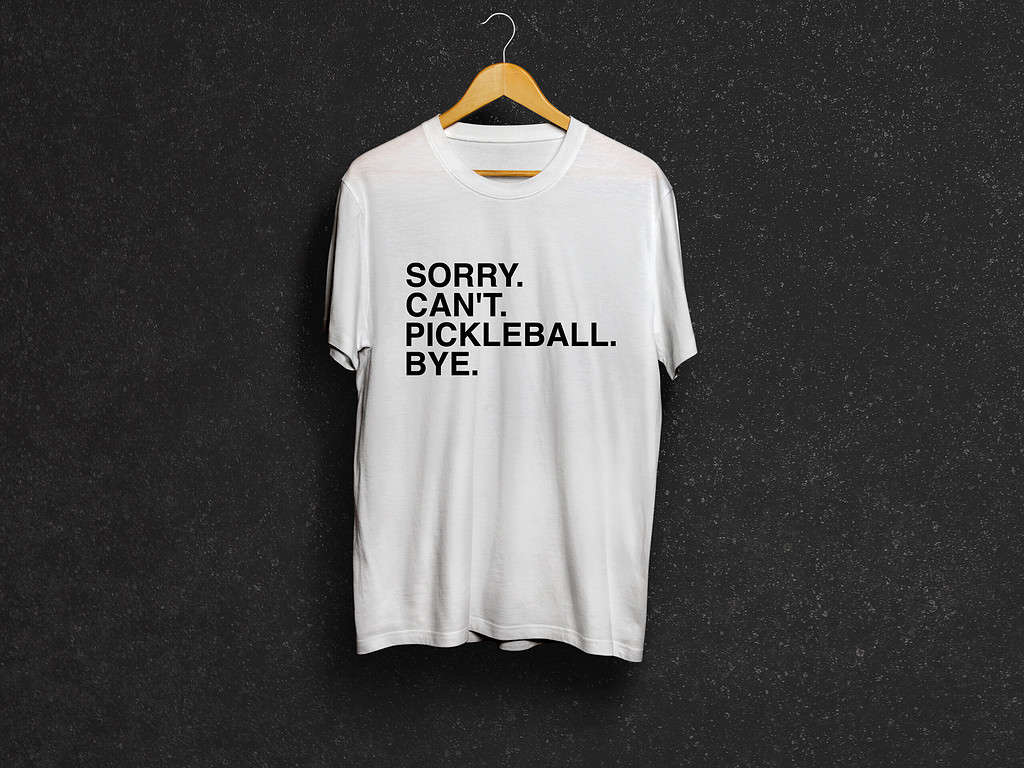
Wear comfortable athletic clothing, preferably made of moisture-wicking material to keep you cool and dry. You will sweat! You can also sport some fun pickleball merch to show your love for the game!
Optional Accessories
- Gloves: Some players prefer gloves for better grip and reduced hand fatigue.
- Sunglasses: Polarized sunglasses can help protect your eyes from glare while playing outdoors and protect from balls!
- Hats/Visors: These provide sun protection and reduce glare on sunny days and can also provide some protection from balls!
- Knee Braces: If you have knee issues or play on hard surfaces frequently, consider investing in knee braces for added protection.
Benefits of Playing Pickleball
Whether you’re a newbie or a pro, pickleball can positively impact your overall well-being with these amazing benefits of pickleball.
Physical Benefits
- Improved Cardiovascular Health: Pickleball is an aerobic activity that increases heart rate and improves cardiovascular fitness. Regular play of pickleball may help to lower the likelihood of developing heart issues or suffering a stroke.
- Muscle Strengthening: Pickleball engages various muscle groups, providing a full-body workout that strengthens legs, arms, and core muscles.
- Better Balance & Coordination: Quick reflexes and good hand-eye coordination required in pickleball help improve balance over time.
- Fat Burning & Weight Loss: Continuous movement during games burns calories, leading to potential weight loss when combined with a healthy diet.
Mental Benefits
- Increase Cognitive Function: Strategic thinking required for successful gameplay keeps the mind sharp by stimulating cognitive functions like problem-solving skills and decision-making abilities.
- Promote Mental Well-Being: A regular exercise routine that includes pickleball can help alleviate stress levels while boosting mood-enhancing endorphins in the brain.
- Social Interaction: Pickleball encourages interaction among teammates, fostering camaraderie on-and-off-court, which contributes to better mental health.
Social Benefits
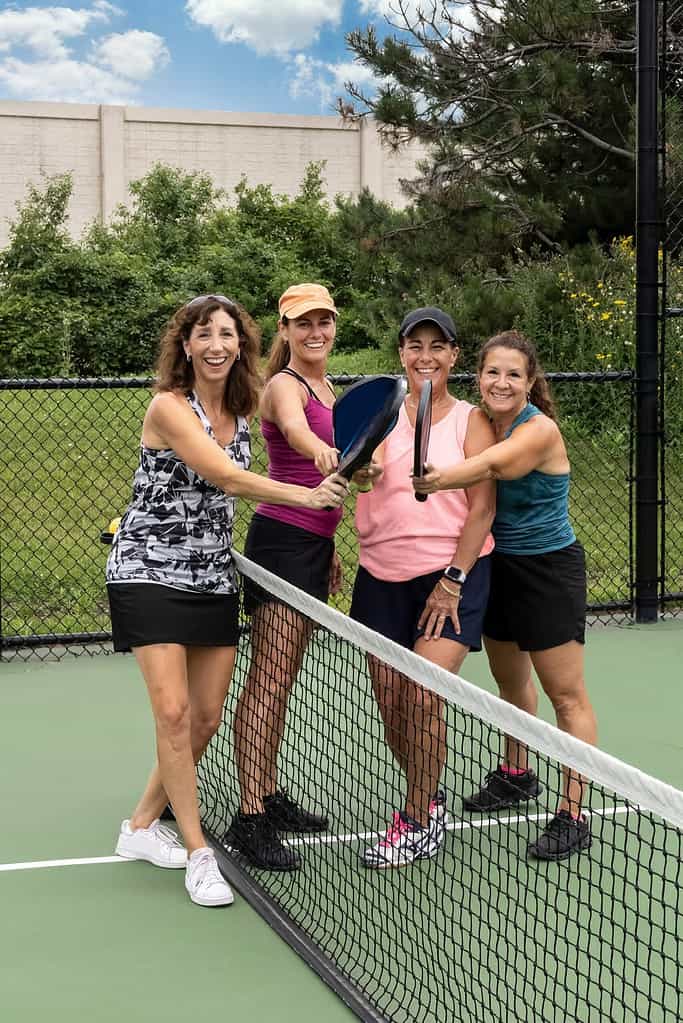
- Community Building: Pickleball is a sport that can be enjoyed by people of all ages and skill levels, making it an excellent way to connect with others in your community. Local clubs and leagues provide opportunities for socializing and networking.
- Intergenerational Bonding: The accessibility of pickleball allows family members from different generations to play together, promoting bonding experiences across age groups.
- Develop New Friendships: Pickleball events such as tournaments or open-play sessions are great avenues for meeting new friends who share similar interests.
Conclusion
While it may seem new to a lot of us, Pickleball has quite the history!
It is amazing to see the growth of a game that was created as a fun way to entertain family without any real formal equipement. We now have millions around the world playing it.
Pickleball now serves as a great way for people to stay healthy, stay social, and enjoy a friendly sense of competition.
So grab a paddle, get to the court, and join in on this craze of pickleball!

